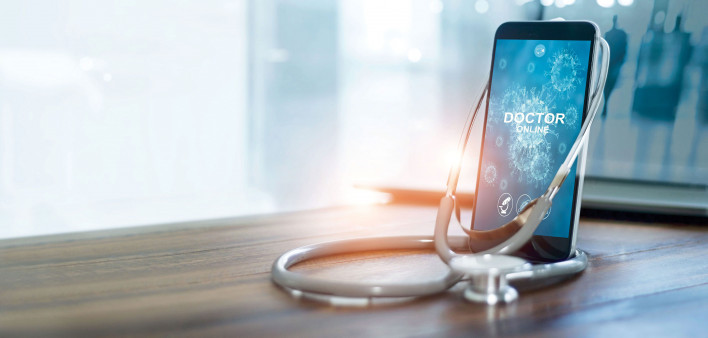People receiving HIV care at a safety-net clinic in San Francisco were 31% less likely to have an undetectable viral load after the city imposed its COVID-19 shelter-in-place order in March 2020 and the clinic shifted to telemedicine. After the shift, 54% of scheduled visits at Zuckerberg San Francisco General Hospital’s Ward 86 HIV clinic, which serves a largely disadvantaged population, were done by telephone. Although the overall number of no-shows remained similar, homeless people were more likely to miss appointments after the transition, while younger people were less likely to do so—possibly reflecting greater comfort with telehealth. Viral suppression rates fell substantially, especially among homeless people. While telemedicine may facilitate retention in care for those with reliable access, it is unlikely to compensate for the loss in clinic-based social services and support for HIV-positive people with vulnerabilities, the researchers concluded. Ward 86 has since made a push to bring people back for in-person care.

Istock
Concerns: Telemedicine Risk
An HIV clinic saw a 31% lower likelihood of viral suppression after transitioning to telehealth due to COVID-19.






Comments
Comments